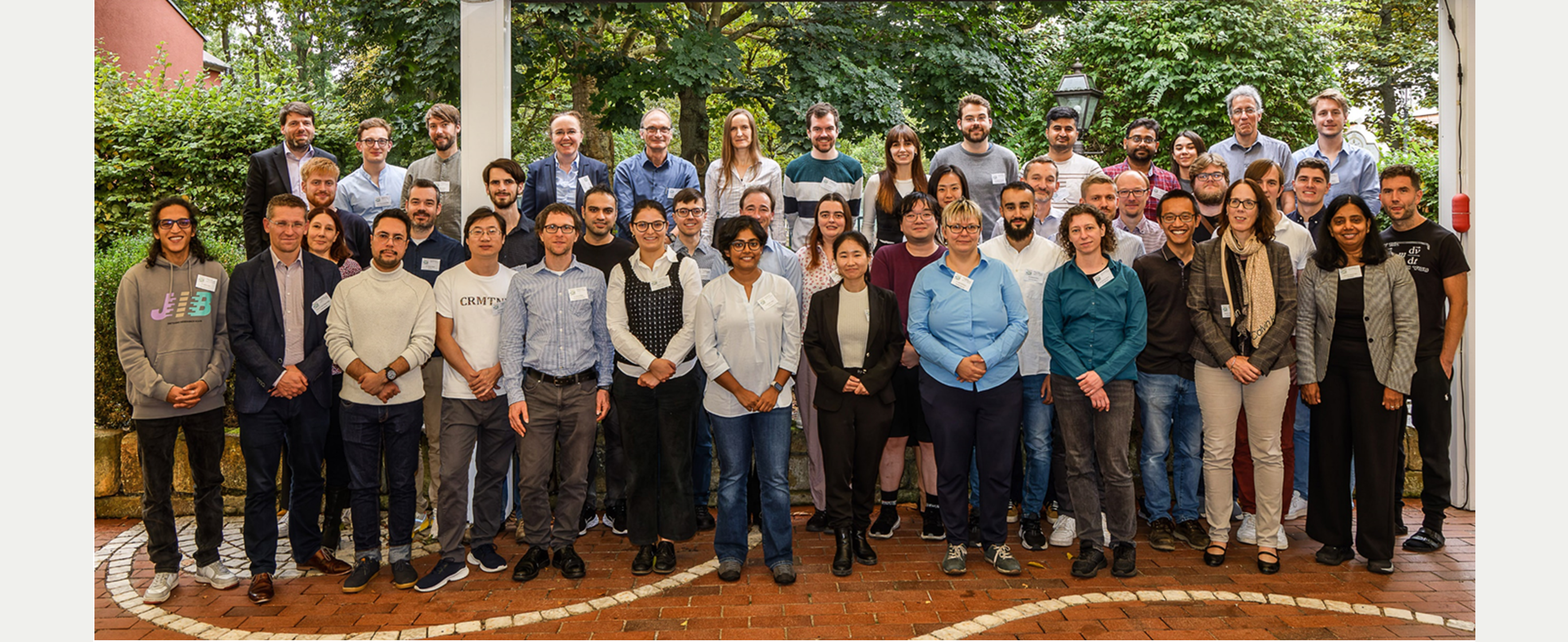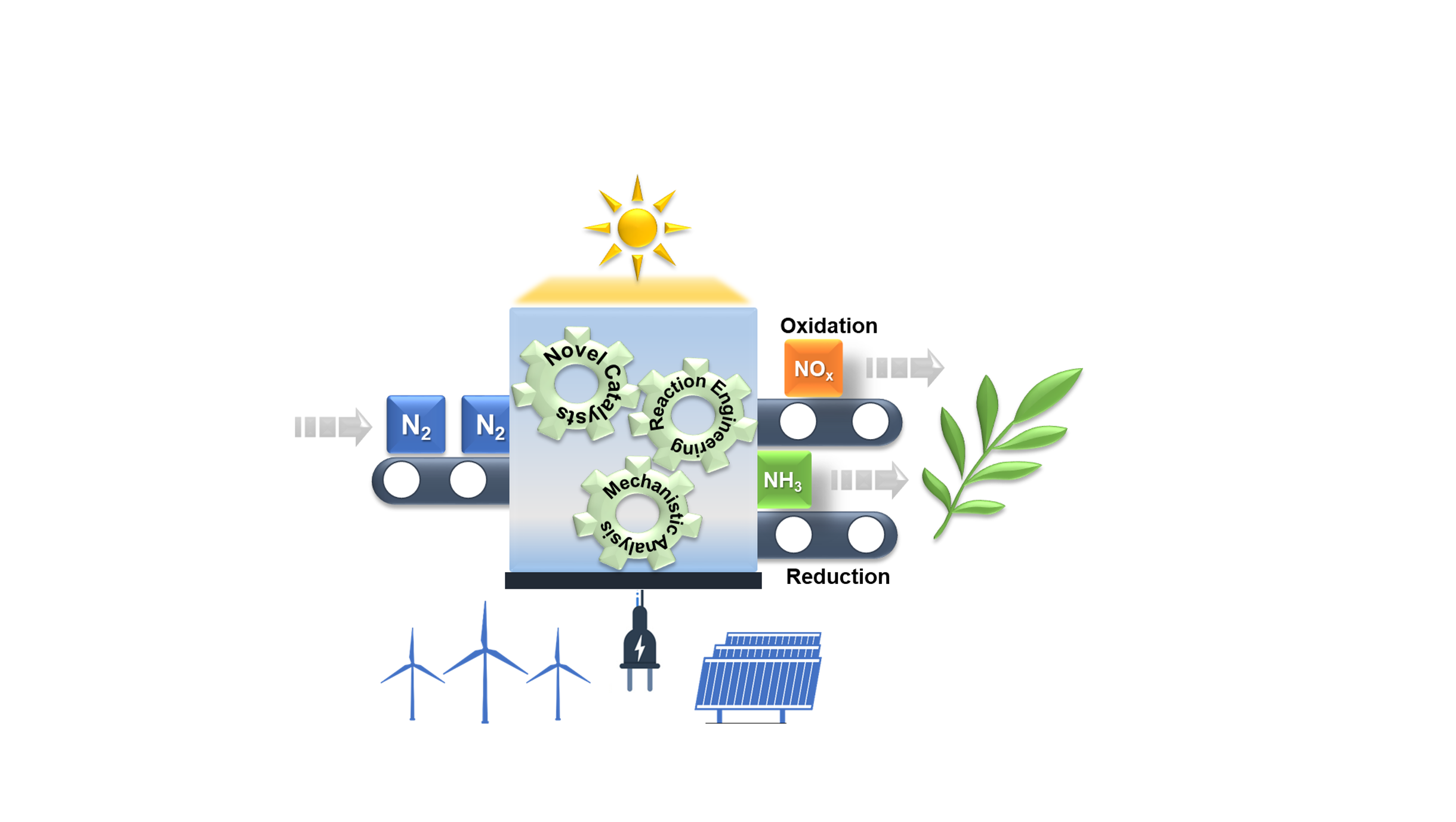Priority Programme "Nitroconversion"
The Senate of the Deutsche Forschungsgemeinschaft (DFG, German Research Foundation) has announced the establishment of a new Priority Programme entitled “Interlinking catalysts, mechanisms and reactor concepts for the conversion of dinitrogen by electrocatalytic, photocatalytic and photoelectrocatalytic methods (“Nitroconversion”)” (SPP 2370). The programme is scheduled to run for six years.
With 945 kJ/mol, the triple bond of the dinitrogen (N2) molecule has one of the highest dissociation enthalpies among covalent bonds. Nowadays, more than 180 million tons of ammonia are produced annually from N2 world-wide based on the Haber-Bosch process and the rapid growth of the world’s population would not have been possible without this industrial “artificial N2 conversion”. Downsides of this technology are however the high energy demand, the large CO2 emissions associated to this process (for 1 ton of ammonia 20-40 GJ are required and 1.5 tons of CO2 are produced) and the need of large centralized production sites, impeding decentralization.
In view of the increasing CO2 concentration in the atmosphere, ongoing energy transitions, and development of alternative concepts for the activation of small molecules, new approaches for artificial N2 conversion are in demand. This includes (photo)electrocatalysis or photocatalysis, which can be operated decentralized under less harsh conditions powered by renewable electricity or light. Although intensely researched, the overall energy demand of these approaches for N2 conversion is still significantly higher, and the space-time yield is far too low to compete with the Haber-Bosch process. Notably, scales of the overall catalytic processes from the nano to the meter level are in most cases investigated isolated from each other which hampers a disruptive breakthrough.
The Priority Programme 2370 focuses on the development of heterogeneous
- electrocatalytic,
- photocatalytic &
- photoelectrochemical
N2 conversion reactions for delocalized and sustainable N2 conversion pathways with - as a long-term objective - an overall energy consumption and space-time yield comparable to the Haber-Bosch process.
This is to be achieved by establishing insights into structure/activity relationships for catalysts including experimental and theoretical design strategies, along with developing novel electrode and reactor concepts to overcome N2 mass transfer limitations, and by using novel analytical techniques to investigate the underlying mechanisms to be able to design catalysts rationally, and to develop new reaction pathways. The SPP is explicitly not limited to N2 conversion processes to ammonia but can also include research on oxidative conversions. Moreover, the respective counter reaction will be analysed in detail as well.


